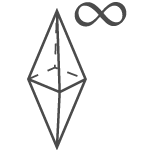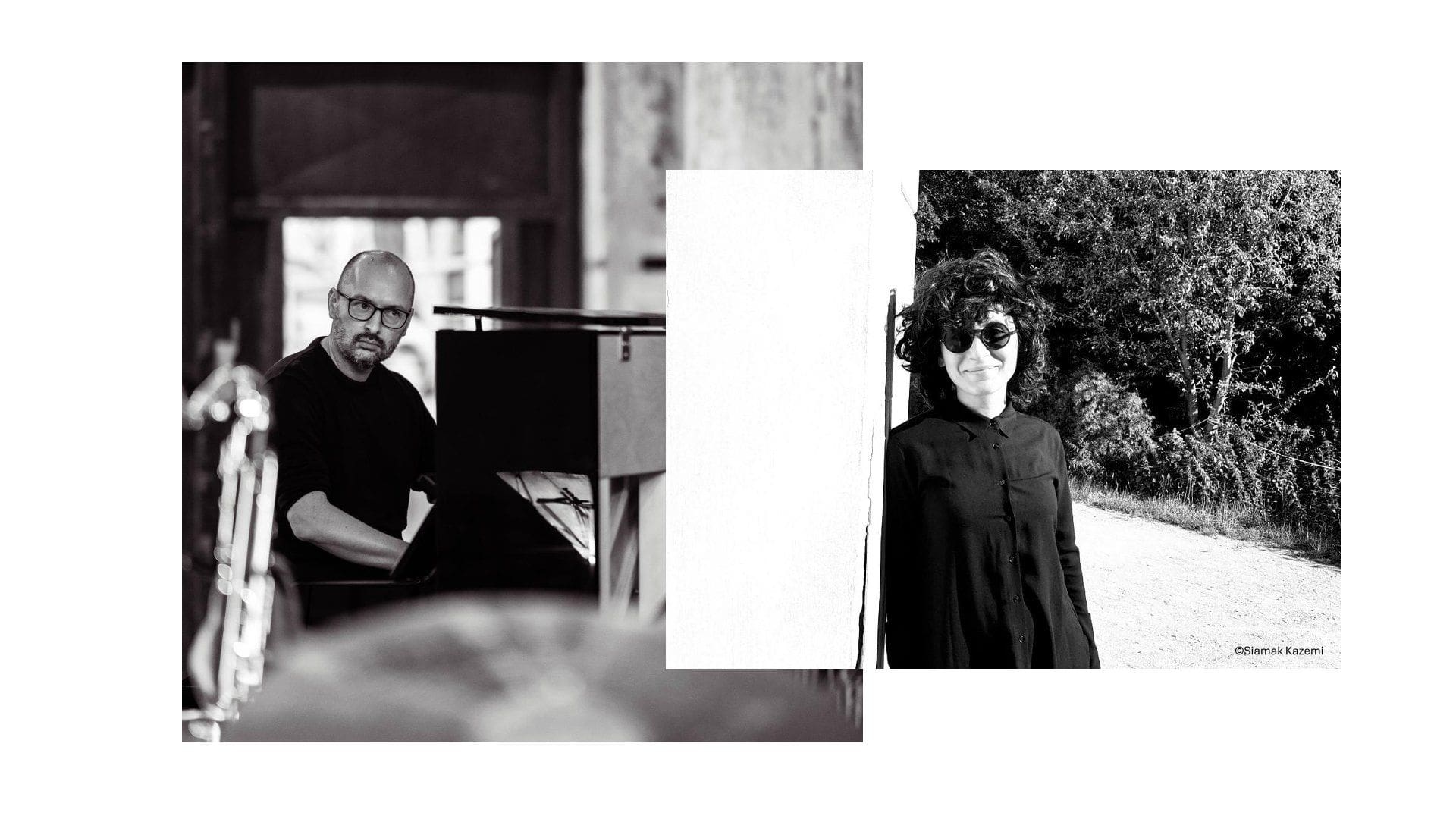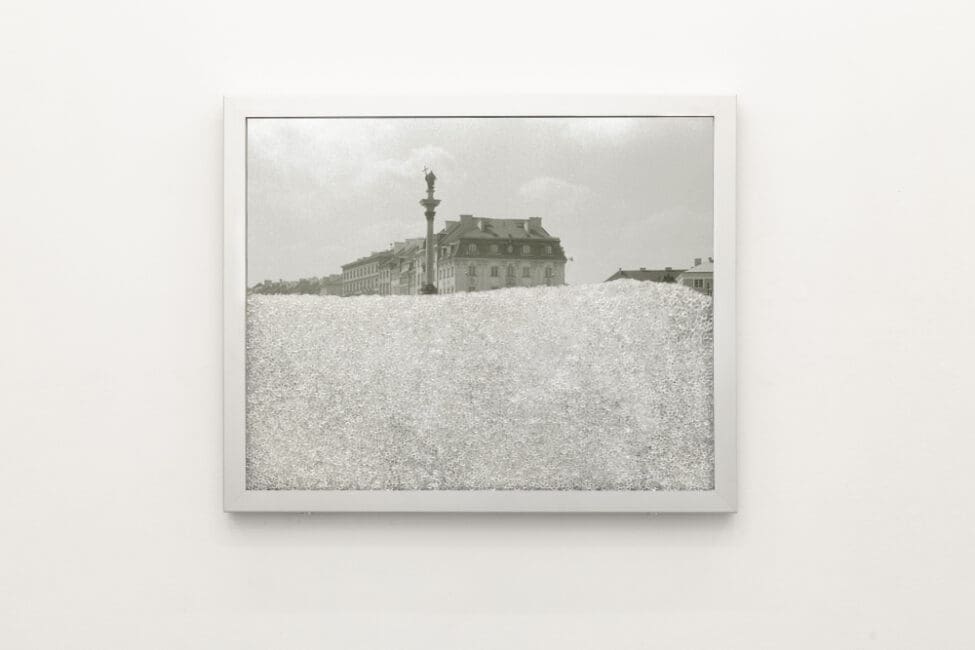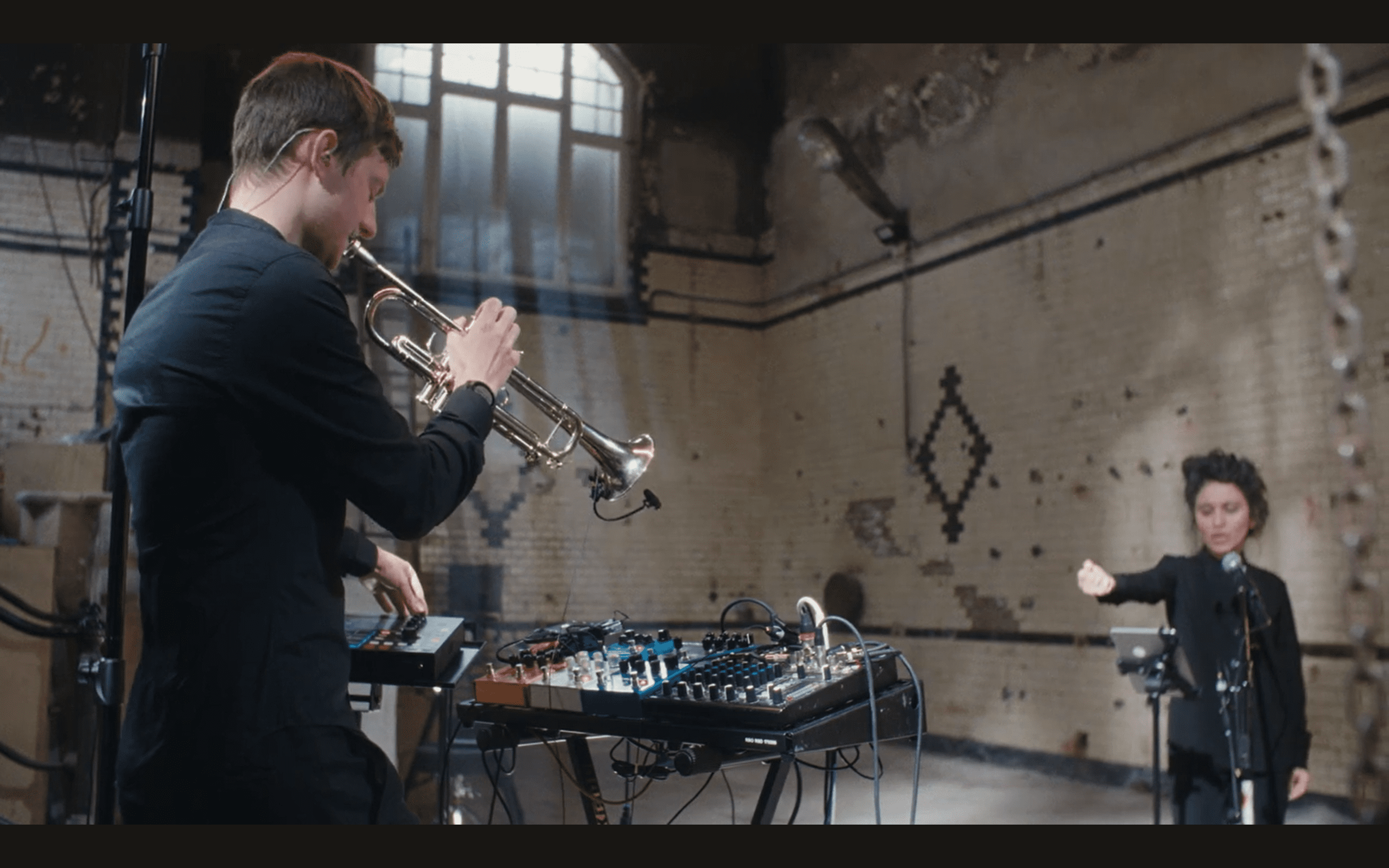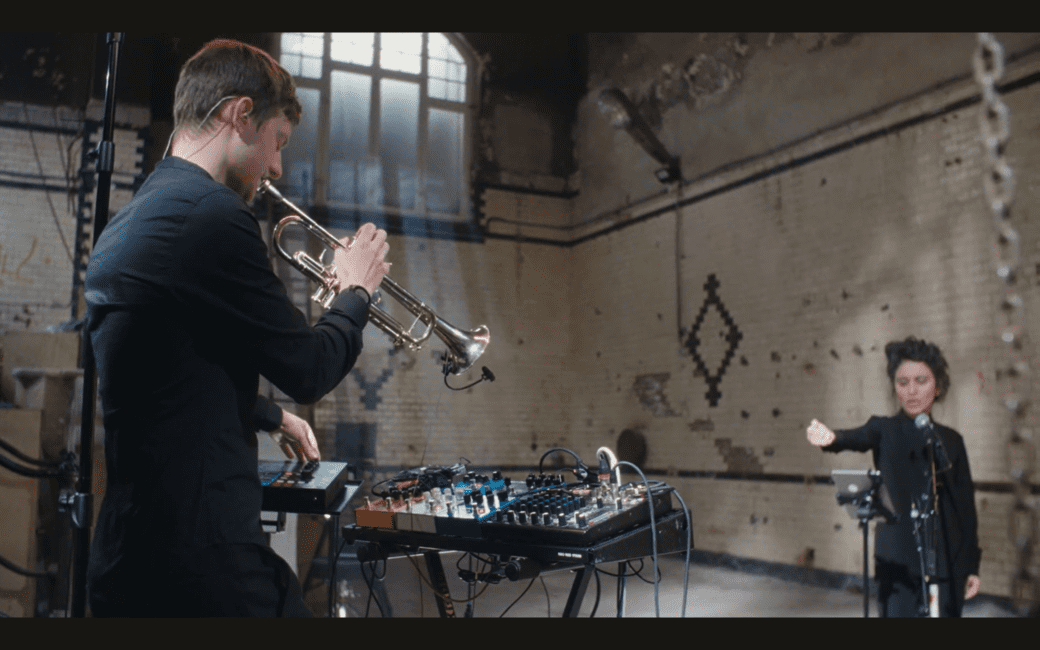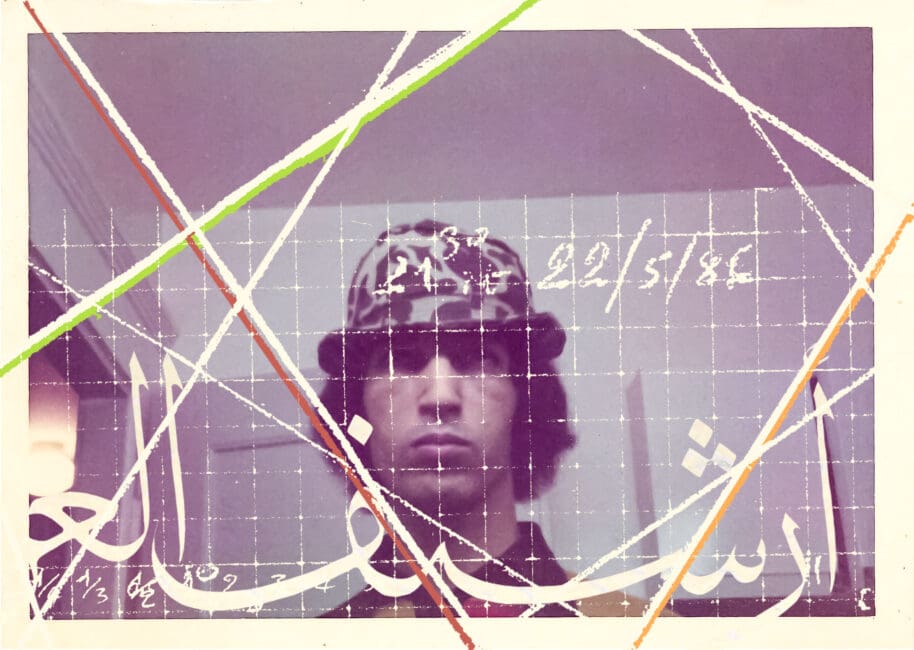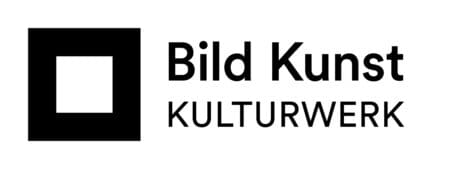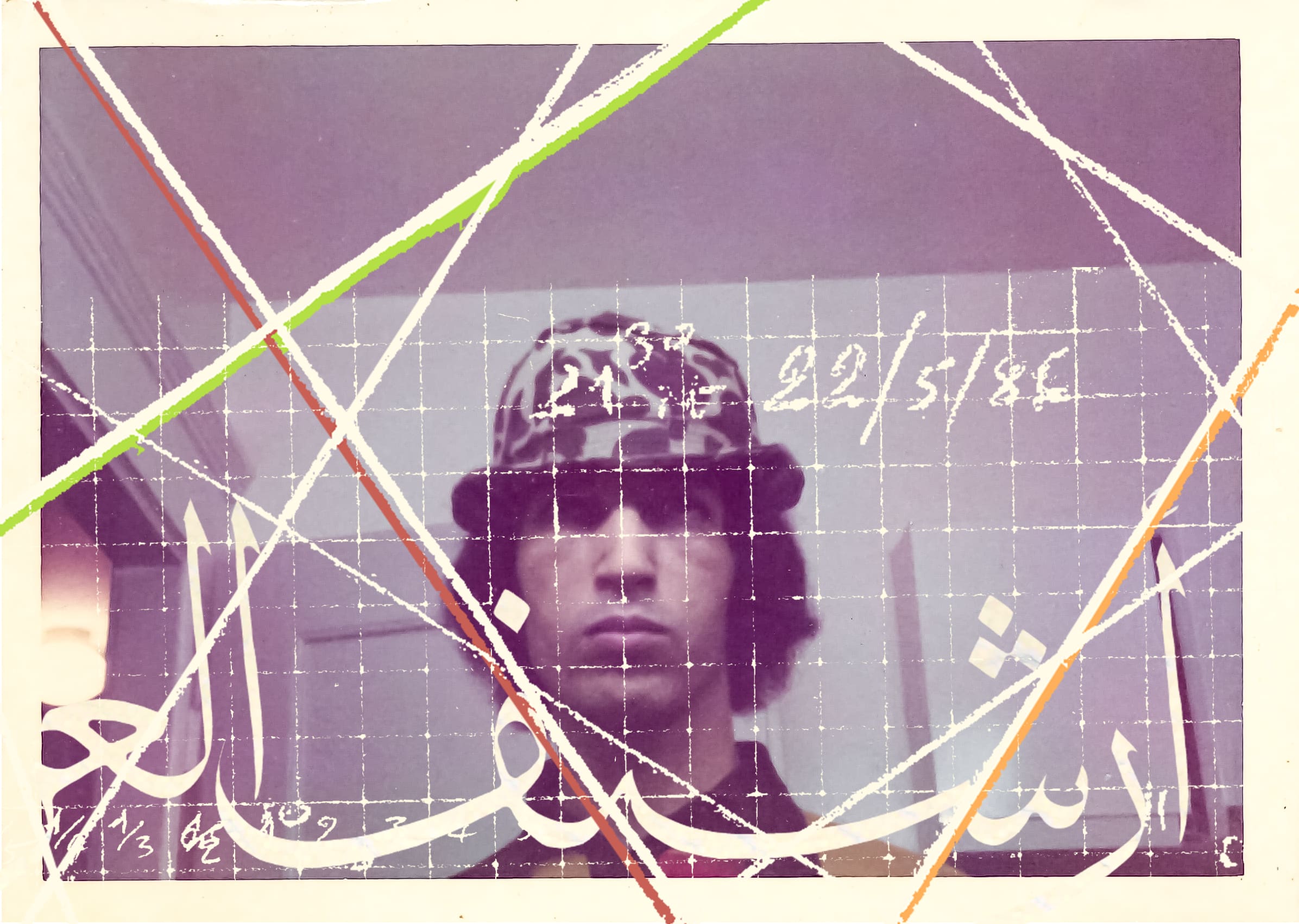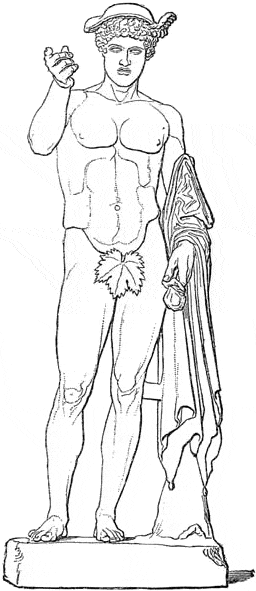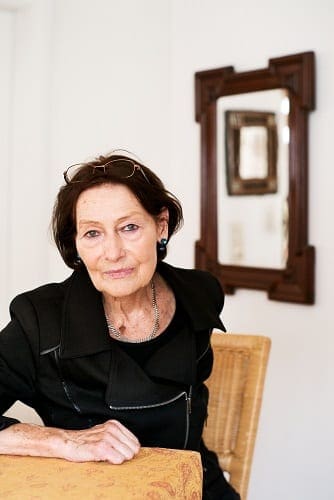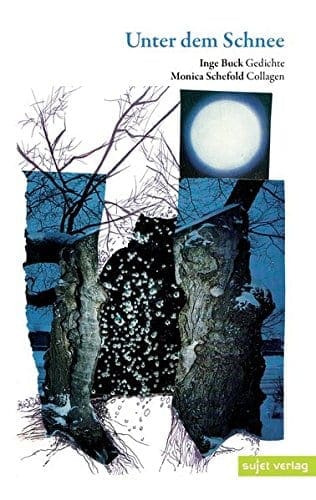Dear friends,
an eventful year is ending - a year that will probably only be surpassed by the ones coming in highs and lows. We can only hope that we Europeans will realise that our time on the "island of the blessed in a sea of storms" is finally a thing of the past. Now is the moment to become aware of our own strength, power and reason.
The synthesis of high cultures - bridges between differences
This guiding principle shapes Bublitz and everyone involved in it. A few weeks ago, as part of the exhibition New Memories, we were able to experience how ten artists dared to take a "poetic approach" to the El Arbi Bouqdib Archive. Now we invite you to discover another fascinating world: a combination of classical Persian music with jazz.
The duo Ghasimi & Wiesemann
The theatre composer and jazz pianist Hajo Wiesemann founded an extraordinary formation with the musician and tar virtuoso Elshan Ghasimi. Their music combines Persian instruments - such as tar, setar, dayere - with the European piano to create a new, expressive harmony in terms of sound aesthetics.
They go far beyond pure improvisation: different musical systems, notations and traditions merge in their new compositions, which combine jazz, Persian classical music and new music to build bridges between cultures.
Berlin premiere on November 29th
The duo Ghasimi & Wiesemann will celebrate its Berlin premiere on November 29th, 2024 at 8 p.m. in the Gärtnerhaus (Richardstr. 34, 12043 Berlin). Tickets are available at the box office (admission from 7:30 p.m.) or can be reserved in advance by calling 0173 84 17 451. Feel cordially invited to experience this special evening with us - and feel free to bring friends with you.
You can find more concerts by Elshan Ghasimi here.
Exhibition "Turning Points"
We would also like to draw your attention to the "Turning Points" exhibition by Michal Martychowiec and Karin Sander, curated by Marta Smolińska. This can be seen until January 3, 2025, in the gallery of the Polish Institute, directly on Berlin's Museum Island. Admission is free.
With best wishes for a peaceful and contemplative pre-Christmas period,
Julian Malte Hatem Schindele
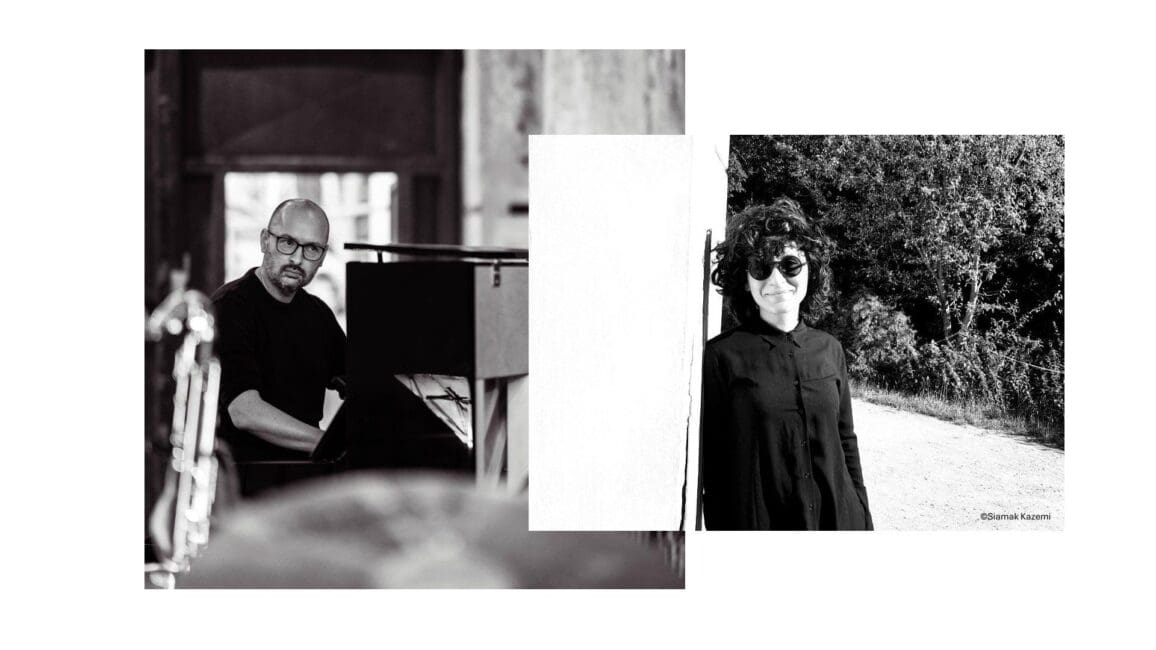
Biography Hajo Wiesemann
Hajo Wiesemann studied jazz piano at the Folkwang University of the Arts in Essen and the Amsterdam Conservatory. He also studied choral and orchestral conducting for six semesters. He is a pianist, composer, arranger and musical director for theatre and orchestra and composes film music. He has worked for the Düsseldorfer Schauspielhaus, the Deutsches Theater Berlin, the Schauspielhaus Bochum, the Essen Philharmonic Orchestra, the Duisburg Philharmonic Orchestra, the Dresden State Theatre, the Heidelberg Theatre and Orchestra, ARTE, WDR and SWR, among others.
He is the pianist of the ‘Geysir Quartet’ and the ‘Essen Jazz Orchestra’, which was nominated for the German Jazz Award in 2023. He composed the music for the award-winning film ‘Die Geschichte einer Familie’ by Karsten Dahlem, starring Anna Maria Mühe. The production ‘A Midsummer Night's Dream’ by William Shakespeare, for which he composed the music, was nominated for the theatre prize ‘Der Faust’ in 2017 (director: Joanna Praml, Düsseldorfer Schauspielhaus). The short film ‘Princess’ (director: Karsten Dahlem) was nominated for the Max Ophüls Prize and received numerous awards. With the ‘Essen Jazz Orchestra’ he was awarded the renowned jazz prize ‘Jazz Pott’ in 2019. In the 2023/24 season, he will compose the music for ‘Romeo and Juliet’ by Joanna Praml and Dorle Trachternach after William Shakespeare (dir: Joanna Praml) at the Staatstheater Nürnberg.
Michal Martychowiec: Sous les pavés, la plage! (1982)
2024, Aluminium display, 76 x 92 cm, photographic print on aluminium, 35.000 glass crystals
For more information about the series Sous les pavés, la plage!, click here.
